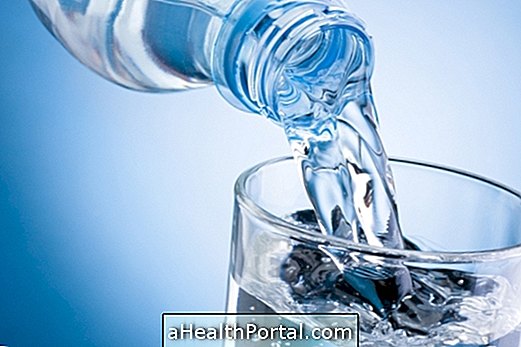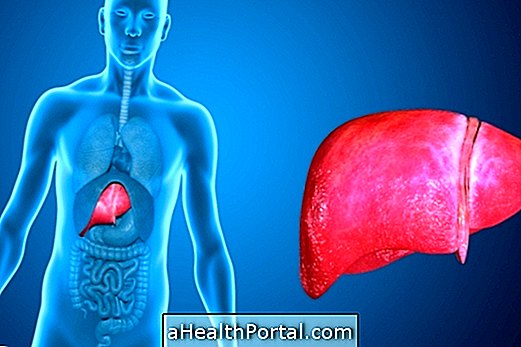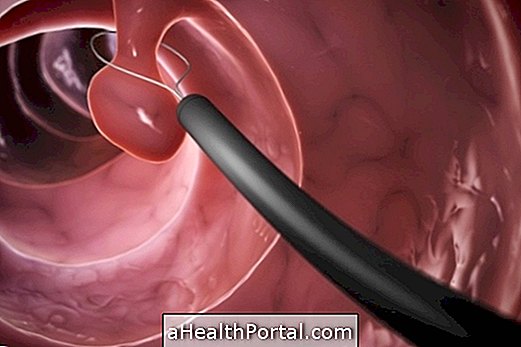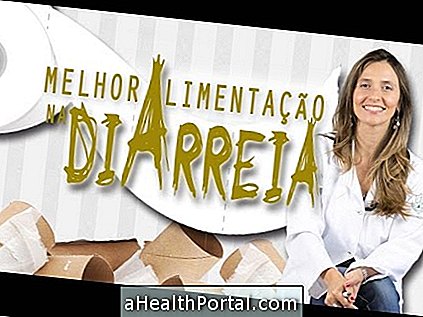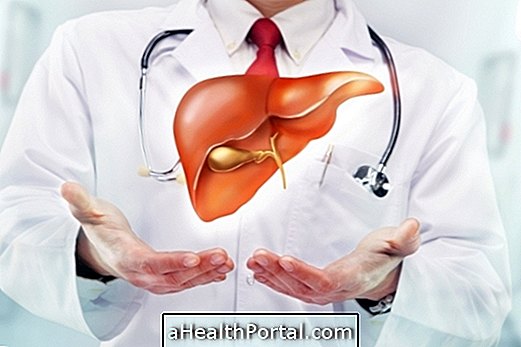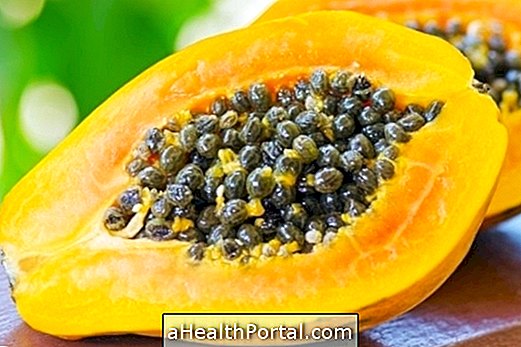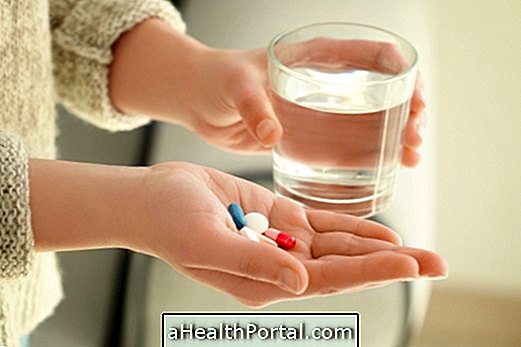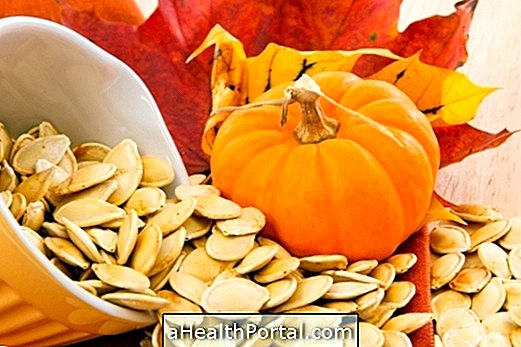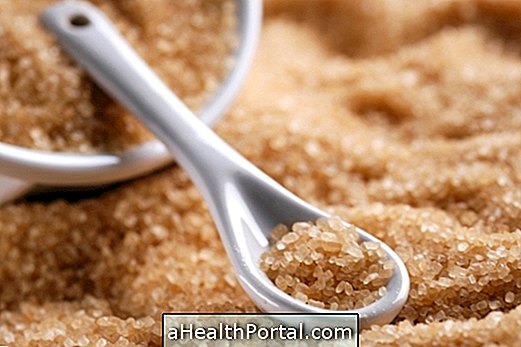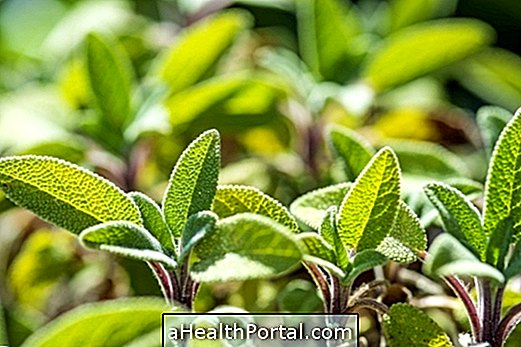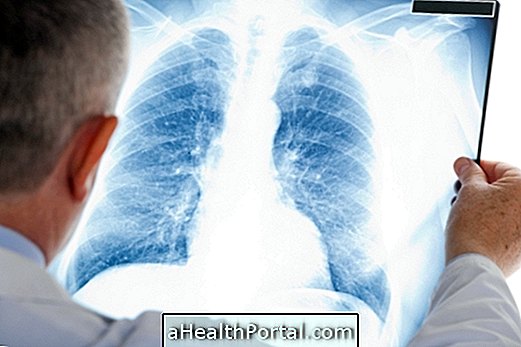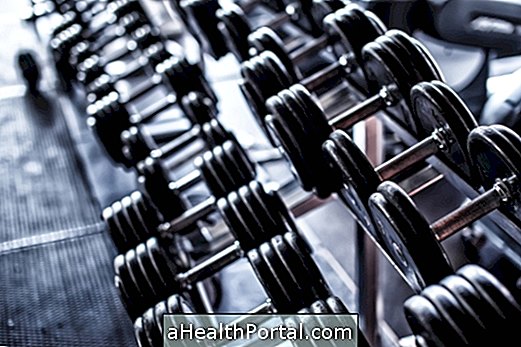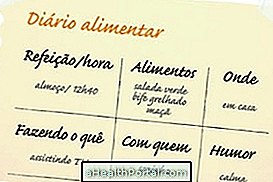For the treatment of kidney stone you should consult a nephrologist and follow their guidelines on the medicines to be taken and the best clinical treatment to follow. However, when symptoms of kidney stones manifest themselves it is not advisable to drink plenty of water as this can make the stone stir and increase the pain more. This orientation of drinking lots of fluids should be followed out of crises to prevent the appearance and growth of the stone, facilitating its elimination. Here's what to do to not have kidney stone.
The kidney stone crisis is very painful and involves pain in the back, groin and even blood in the urine, and can be treated with surgery to remove the stone or less invasive techniques such as laser or shocks, which serve to decrease the size of the stones and facilitate their elimination through the urine. Find out what are the main causes of kidney stones.
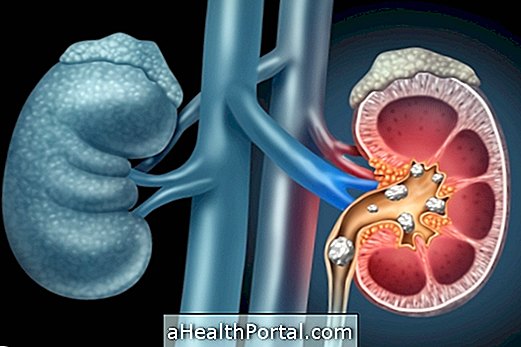
How is the treatment done?
The treatment for kidney stone is determined by the nephrologist according to the stone's characteristics and degree of pain described by the person, and it may be recommended to take pain medications and to facilitate the exit of the stone or, if not sufficient, surgery to remove the stone. stone.
The main treatments for kidney stone are:
1. Medications
Medications are usually indicated by the doctor when the person is in crisis, that is, with intense and constant pain. Medications can be given orally or directly into the vein, where relief is faster. Here's what to do in a kidney crisis.
Thus, the nephrologist may indicate anti-inflammatories, such as Diclofenac and Ibuprofen, analgesics such as Paracetamol, or anti-spasmodics, such as Buscopam. In addition, the doctor may indicate that the person makes use of drugs that promote the elimination of stones, such as Allopurinol, for example.
2. Surgery
Surgery is indicated if the kidney stone is large, greater than 6 mm, or blocking the passage of urine. In this case the doctor may decide between the following techniques:
- Extracorporeal lithotripsy : causes the fragmentation of kidney stones through shock waves until they become powder and are eliminated by urine;
- Percutaneous nephrolithotomy : uses a small laser device to reduce the size of the kidney stone;
- Ureteroscopy : uses a laser device to break the kidney stones when they are located in the ureter or renal pelvis.
The length of hospital stay will vary according to the conditions of the person, if he does not present complications after 3 days he can go home. Learn more about kidney stone surgery.

3. Laser treatment
The laser treatment for kidney stone, called flexible Ureterolitotripsia, aims to fragment and remove the kidney stones and is made from the urethral orifice. This procedure is indicated when the stone is not eliminated even with the use of medicines that facilitate its exit.
Ureterolithotripsy is done under general anesthesia, lasts about 1 hour and, because no cuts or incisions are required, recovery is rapid, and the patient is usually released 24 hours after the procedure. At the end of this surgical procedure, a catheter called double J is placed, one end of which is in the bladder and the other end into the kidney and is intended to facilitate the removal of stones that are still present and prevent obstruction of the ureter as well as facilitate the process of healing of the ureter if the stone has damaged this canal.
It is normal that after ureterolithotripsy and placement of the double J catheter, the person should have an external catheter within the first few hours after the procedure to drain the urine.
4. Natural Treatment
Natural treatment for kidney stone can be done between crises when there is no pain and involves drinking 3 to 4 liters of water a day to help eliminate small stones. In addition, if there is history in the kidney stone family, it is important to make a diet with few proteins and salt because this can prevent new stones from appearing or small stones to increase in size.
In addition, a good home-cooked option for small-sized kidney stones is rock break tea because in addition to having diuretic action and facilitating the elimination of urine, it relaxes the ureters making it easier to get out of the stones. To make the tea just place 20 g of dried rock-breaker leaves for every 1 cup of boiling water. Let stand, and then drink when it is warm, several times during the day. See another home remedy for kidney stone remedy.
To learn more about kidney stone diet watch this video:

To check if kidney stones are being cleared and if there is no new stone formation, it is important to have tests, which are indicated by the nephrologist, such as computed tomography, x-rays, blood tests and urinalysis, in which small crystals in the urine can be seen under the microscope if there are kidney stones.
